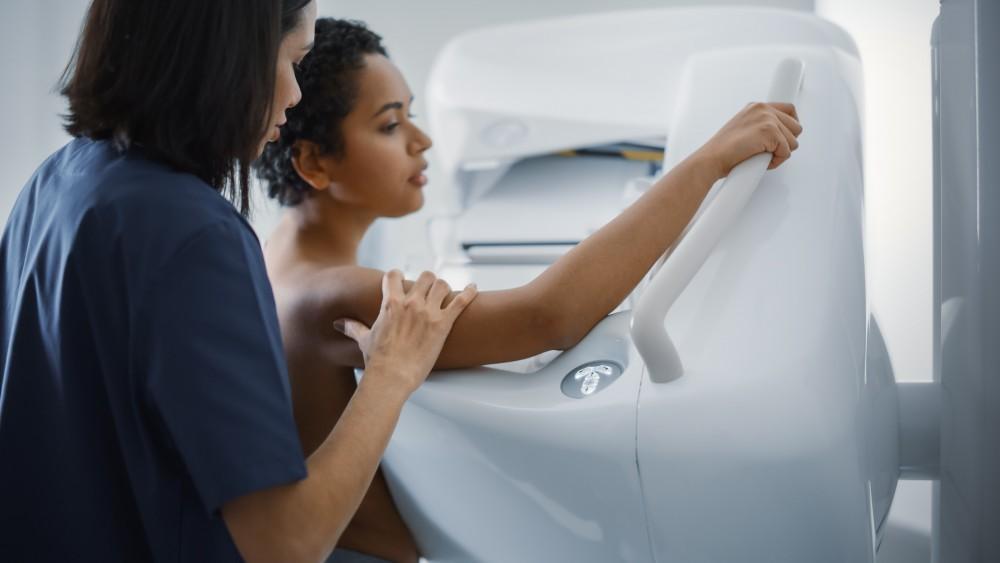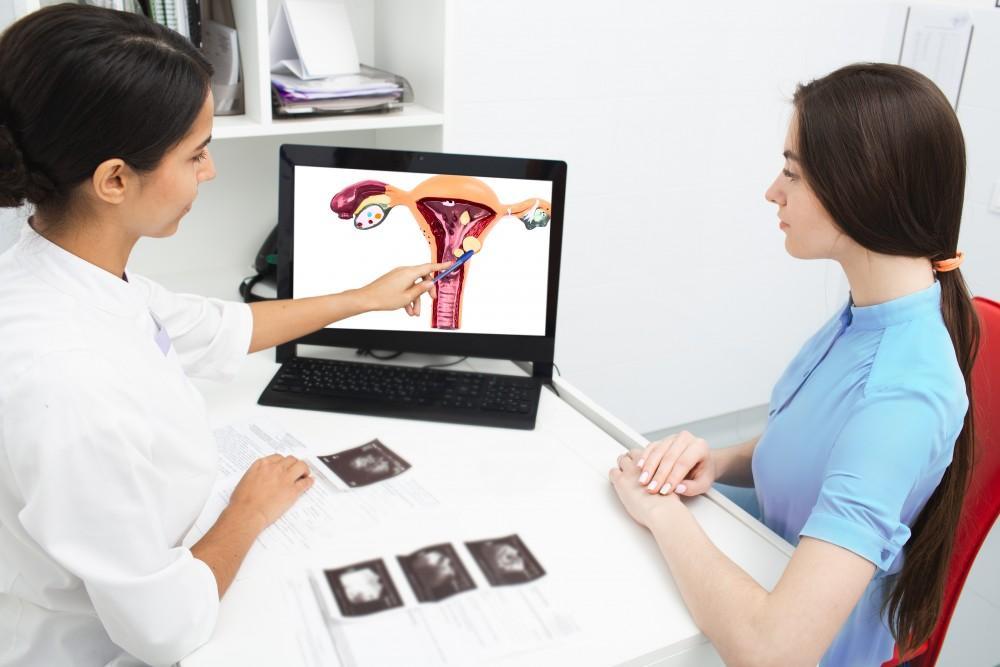
What to Expect From Your First 3D Mammogram
A mammogram is an X-ray of your breasts. It’s the best way to identify early...
Read MoreA mammogram is an X-ray of your breasts. It’s the best way to identify early stages of breast cancer — before it can even be felt. Traditional mammograms capture 2D images of breast tissue, and these days, you have even more options.

3D mammography, or digital breast tomosynthesis (DBT), captures multiple images of your breasts from different angles to create a highly detailed three-dimensional view. Most women should start getting mammograms around age 45, but the idea of getting a mammogram can feel intimidating.
Our team at The Women’s Center is here to help. We want you to have a smooth, comfortable experience, and here’s what you can expect from your first 3D mammogram.
The recommendations on when to get mammograms vary based on factors like your health and family history. Our team typically offers the option to women beginning at age 40, with annual mammograms starting at age 45.
Prior to your first mammogram appointment, we give you specific instructions to prepare. You may need to avoid using deodorants, lotions, or powders on your breasts and underarms before coming into the office.
Because you need to undress from the waist up, we suggest wearing comfortable clothing. When you arrive for your mammogram, a technologist guides you through the process.
Next, your technologist positions your breast on the mammography machine's platform and gently compresses it between two plates. Let us know if you feel discomfort; and we may be able to make adjustments.
You remain still and the machine moves around your breast, capturing images from various angles. Unlike traditional 2D mammography, which provides a single image of your breast, 3D mammography produces a series of images that offer a more comprehensive view of your breast tissue.
The entire procedure typically takes 10-15 minutes per breast. While the compression and positioning may feel momentarily uncomfortable, the process is generally quick and well-tolerated. Once your mammogram is done, you can resume your regular activities without any restrictions.
After your mammogram, our radiology team reviews the images to assess your breast tissue for any abnormalities, like masses, calcifications, or distortions.
Most mammograms result in negative findings, meaning no evidence of breast cancer is detected. However, it's essential to follow up with our team for any recommended next steps.
Depending on our findings, we may recommend additional imaging, like an ultrasound or MRI, to further evaluate areas of concern.
It's important to remember that an abnormal finding on a mammogram doesn’t necessarily indicate breast cancer, but rather warrants further investigation to rule out any potential issues.
It's normal to experience a range of emotions before, during, and after your first mammogram. And no matter if you're feeling anxious, nervous, or relieved, remember that you're taking proactive steps toward your well-being.
Our team is here to answer your questions and provide support at every step. Surround yourself with supportive friends, family members, or health care professionals who can offer encouragement and guidance throughout the process.
By understanding what to expect and preparing accordingly, you can approach the screening with confidence and peace of mind. Contact us online or call The Women’s Center office nearest you to learn more. We have nine convenient locations in and around Orlando, Florida, to serve you.




A mammogram is an X-ray of your breasts. It’s the best way to identify early...
Read More
About 1 in 10 women has ovarian cysts. These small growths form on your ovaries,...
Read More
If you and your partner have decided you’re ready to start growing your family, you’re...
Read More